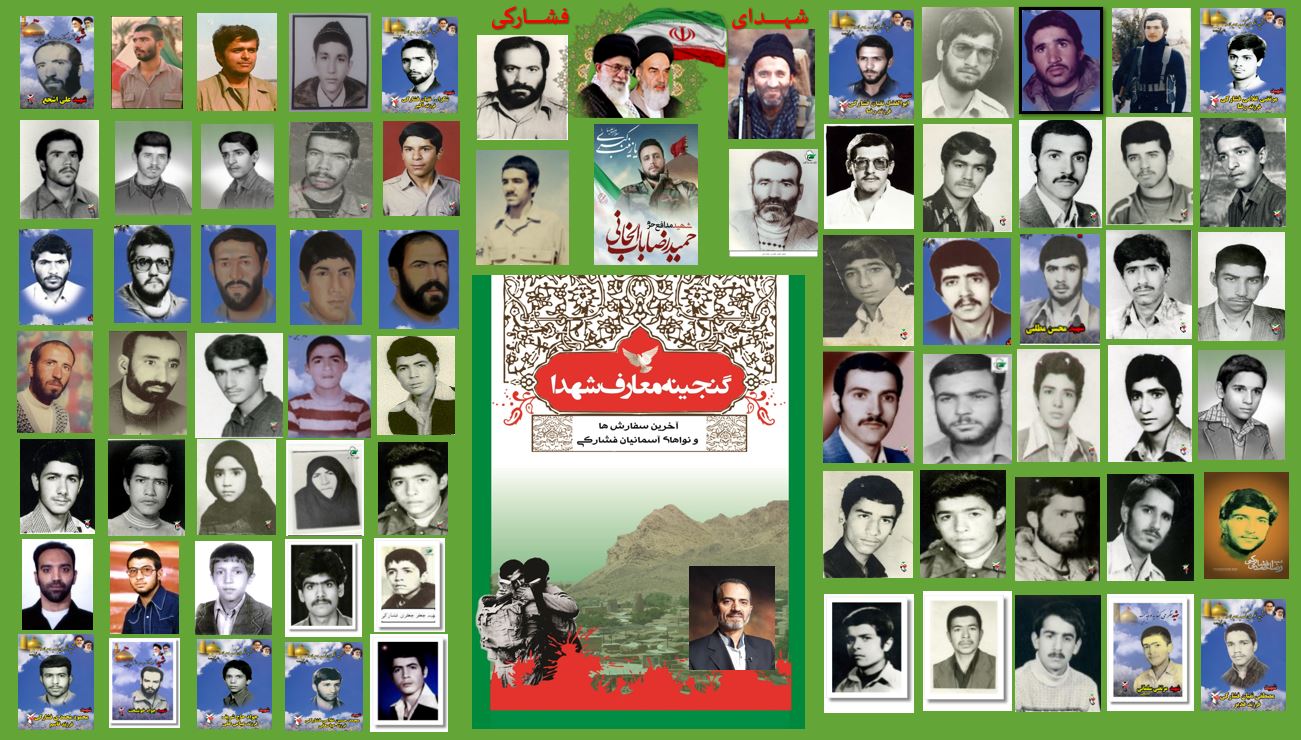Optimized Choice for Pollution Control Systems in Smelting Furnaces with Green Approach
Parviz Jafari-FesharakiCrisis Management Department, Maleke Ashtar University, Tehran, Iran.
Optimized Choice for Pollution Control Systems in Smelting Furnaces with Green Approach
- Parviz Jafari-FesharakiCrisis Management Department, Maleke Ashtar University, Tehran, Iran.
- Elham GhazanchaeiClinical Tuberculosis and Epidemiology Research Center, National Research Institute of Tuberculosis and Lung Diseases (NRITLD), Shahid Beheshti University of Medical Sciences, Tehran, Iran.
- Beheshteh JebelliLung Transplantation Research Center, National Research Institute of Tuberculosis and Lung Diseases (NRITLD), Shahid Beheshti University of Medical Sciences, Tehran, Iran.
KEYWORDS: Industrial ecology, Pollutants, Steel industry
ABSTRACT
Furnace division is one of the most polluted divisions ever known in the steel industry associated with several environmental pollutions. This study attempted to choose optimally, a pollution control system for dust emission from steel furnaces with the Green and environmentally friendly approach. Three electric smelting furnaces with 3, 6 and 12-ton output capacity were selected. The level of energy cost and consumption, capital and environmental damage, and indexes of environmental sustainability in bag houses and electrostatic precipitators based on computational methods and governing equations were studied. Findings showed that the total cost of bag houses in a steel electric furnace was lower than the total cost of electrostatic precipitators in the initial year and they were almost equal in the fourth year while the total cost of the former is higher than that of the latter after twenty years - the operational lifetime of dust collectors. It may be concluded that considering the environmental sustainability and industrial ecology, it would be reasonable and more economical to use bag houses for four years and electrostatic precipitators for longer periods.
REFERENCES
Ayres R, Ayres W. A Handbook of Industrial Ecology. Edward Elgar Publishing, Inc., USA, 2002.
Stanley E, Manahan. Industrial Ecology, Environmental Chemistry and Hazardous Waste. Cleaner Production Publisher: Taylor & Francis, Inc. 1999.
Ezazi A. Optimization Methods of Energy Consumption in Steel Industry of the Country, Steel Symposium Articles Collections (Paper Presented at the Steel Symposium Articles Collections, 2009, March 1st and 2nd, 83-832).
Harley P. Safety and Health in the Iron and Steel Industry. Geneva, International Labor Office, 2002; pp 236.
Makhdoom M. Living in Environment, Tehran University Publications. 1990.
Berwic G. New Technology Can Drastically Reduce Global Warming Canada.1990, Available from: http:// www.qamanage.com/Files/GlobalWarming.pdf.
Wayne T. Air Pollution Engineering Manual. 2nd ed. John Wiley and Sons Inc., 2000.
Jolazade N. Survey and Search of Energy Consumption in Steel, Steel Symposium Articles Collections (Paper Presented at the Steel Symposium Articles Collections). 2008.
Schmatloch V, Rauch S. Design and Characterization of an Electrostatic Precipitator for Small Heating Appliancs. J Electrostat 2005; 63(16): 85-100.
James R, Couper W. Chemical Process Equipment. 2nd ed. 2010; pp 691-716.
Cheremisinoff NP. Handbook of Air Pollution Prevention and Control. Elsevier Science, USA, 2002.
Hautanen J, Janka K, Koskinen J, Lehtimäki M, Kivistö T. Optimization of Filtration Efficiency and Ozone Production of the Electrostatic Precipitator. J Aerosol Sci 1986; 17: 622-626.
Liu LL, Guo J, Li J, Sheng L. The Effect of Wire Heating and Configuration on Ozone Emission in a Negative Ion Generator. J Electrostat 2000; 48: 81-99.
Islamov R, Krishtafovich YA. A Peculiarity of Silver-base Wire Heating on Ozone Generation. J Electrostat 2011; Doi: 10-1016/J elstat 2011; 03-015.
Jakober C. Evaluation of Ozone Emission from Portable Indoor Air Cleaners Electrostatic Precipitators and Ionizers, Staff Technical Report. 2008.
Sillanpaa M, Geller MD, Phuleria H, Sioutas C. High Collection Efficiency Electrostatic Precipitator for in Vitro Cell Exposure to Concentrated Ambient Particulate Matter. J Aerosol Sci 2008; 39(4): 335-347.
Xavier Simon, Chazelet S, Thomas D, Bémer D, Régnier R. Experimental Study of Pulse-Jet Cleaning of Bag Houses Supported by Rigid Rings. Powder Technology 2007; 172(2): 67-81.
Doe, Industry Energy and Environment Profile of the U.S Iron and Steel. 2000.
Karbasi A. Environmental Management of Powerhouses. Iran Energy Efficiency Organization, Ministry of Energy, 2005.
Uwasu M, Yabar H. Assessment of Sustainable Development Based on the Capital Approach. Ecol Indic 2011; 11(2): 348-352.
Mussatti D. EPA Air Pollution Control Cost Manual. 6th Ed. McGrow Hill. 2002.
ACGIH. Industrial Ventilation. Michigan. USA, 2002.
Baha S. How Can We Reduce the Energy Consumption of Pulse-Jet Dust Collectors in Order to Reap Economic, Ecological, and Social Benefits. Royal Roads University. 2005.
Bhasker C. Flow Simulation in Electro Static Precipitator (ESP) Ducts with Turning Vanes. Adv Eng Softw 2011; 42(7): 501-512.
Vera I, Langlois L. Energy Indicators for Sustainable Development. Energy 2007; 32: 875- 882.
Omer A. Energy, Environment and Sustainable Development. Renewable and Sustainable Energy Reviews 2008; 12: 2265- 2300.
Krupnick A, Burtlraw D. The Social Costs of Electricity Do the Numbers Add Up. Resources and Energy 1996; 18: 423-466.
Bloom AJ. Global Climate Change. Sinauer Associates Inc., USA. 2010.
Vahdat A, Tohidi N. Sustainable Development of Iron and Steel Production in Iran from an Environmental Point of View by Fuzzy logic. Ecology Magazine 2009; 51: 111-122.
http://ijoh.tums.ac.ir/index.php/ijoh/article/view/103

